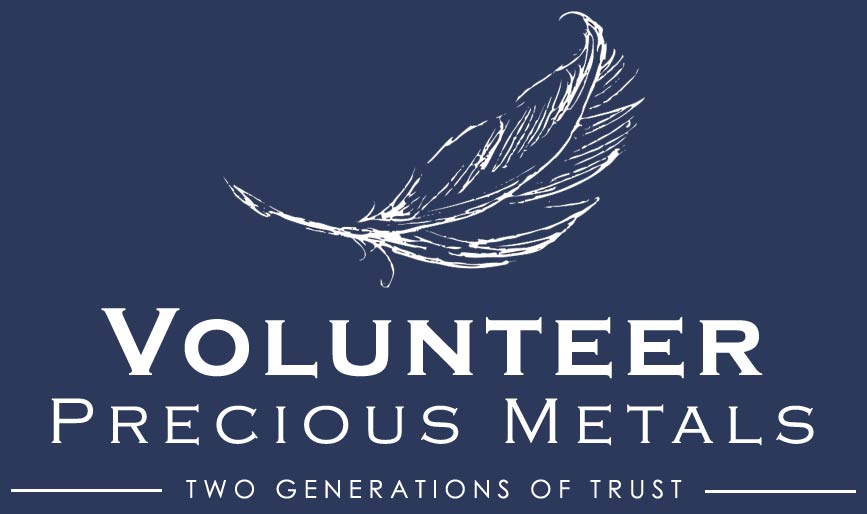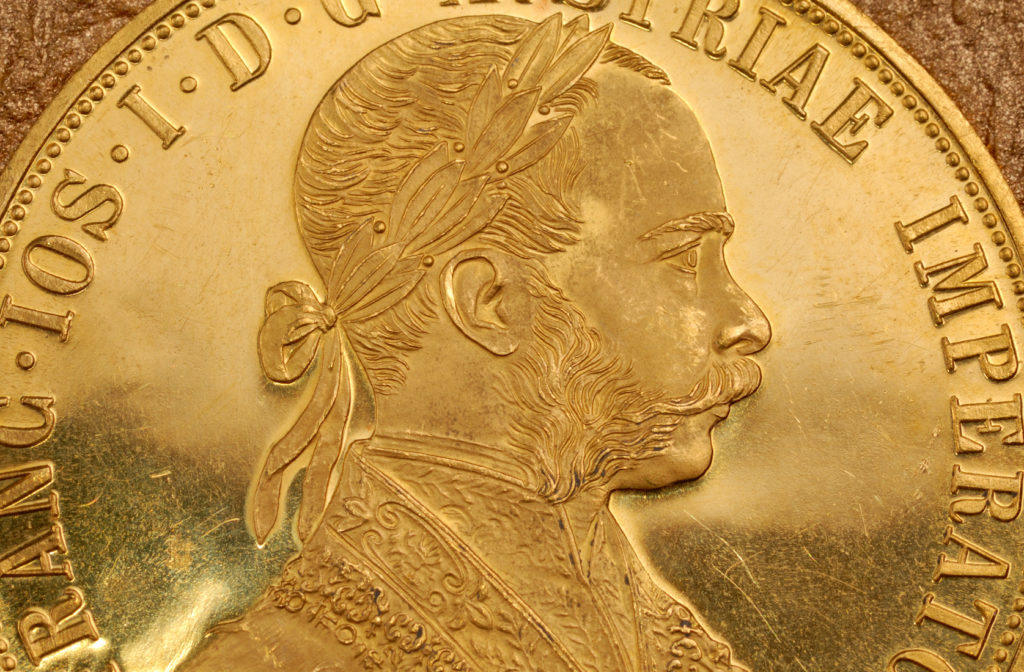If you want our opinion, they’re your best bet. Why?
Price and liquidity.
Everything in the physical precious metals world boils down to price and liquidity. When you buy gold or silver, you need to get the most metal for your money in a form that you can sell anywhere, anytime.
We often receive calls from customers that only want “legal tender” coins. This means coins from the US Mint with a dollar denomination. While we advise you only purchase what you’re comfortable with, we have the sneaking suspicion that someone sold them on this “legal tender” idea. Think about it. If worse comes to worse, nobody’s going to care about the dollar value stamped on a gold or silver coin. Bartering for goods with gold and silver would take place at a time after the dollar died. If the dollar’s dead, ain’t nobody trading in dollars, i.e., the “legal tender” nature of the coin is gone. Folks will trade goods for gold and silver based on the gold or silver weight in coins or bar – the metal is the money, not the stamp.
For hundreds and hundreds of years countries the world over have minted coins in weights that were historically relevant to them. These were not 24 karat gold coins because gold is a soft metal, wears quickly, and so requires an alloy to harden it for circulation. The weights were never in the even troy ounce amounts we think of today – 1 ounce, ½ ounce, etc., but weights that look odd unless you know their history. About 1252 Italians began issuing gold ducats or florins containing about 3.5 grams (0.1125 troy ounce) of gold, and hundreds of later governements copied that size. All European coins are accepted all over the world, west and east. Usually they are a better buy than those minted in the United States today, that is, they cost less per ounce.
Why? There are fads everywhere. In 1967 South Africa broke the traditional mold when they introduced the Krugerrand. Here was a gold coin minted, not in a locally-relevant weight, but in one exact troy ounce. So you knew exactly what it was worth whenever you looked up the spot gold price. Everyone’s mind was blown and by 1980 the Krugerrand “accounted for 90% of the global gold coin market.” This means the Krugerrand, not the American Eagle, is the bestknown gold coin in the world.
Later the South Africans introduced exact half ounce, quarter ounce, and tenth ounce coins. This four-size series is known as a ‘modern issue series’ and is the current fashion in gold coin minting. South Africa started it and now every country that can mints a gold coin series in 1oz, ½ oz, ¼ oz and 1/10 oz sizes. These series are the most recognized today because they are the most marketed. A new issue comes out every year from every country and humans love the newest and shiniest.
BUT that doesn’t mean they are the best buy. And while the Krugerrand is certainly the best-known coin the world over there are many, many other older-issue gold coins available that are cheaper. Even though you may not have heard of them, they are just as liquid in this country. Yes, you can take an Austrian 100 Coronae and sell it to your local coin dealer and he won’t blink an eye. They are common coins.
So what is the best buy in gold?
- Near one-ounce size coins (remember the larger the coin, the cheaper it usually is per ounce) look for Austrian 100 Coronaes or Mexican 50 Pesos. These will always save money compared to modern issue coins.
- If you want a fractional coin, smaller than one ounce, the Mexican 20 Peso is always a great buy, as is the French 20 Franc, British Sovereign, German 20 Mark, Dutch 10 guilders, and Austrian or Dutch 1 Ducat.
There are a couple of caveats.
- Whenever you purchase any precious metals, make sure you know how much premium you are paying over the actual metal value. In gold and silver, you should never pay over 10%. Usually it should be half of that. How do you know what you are paying per ounce? Divide Cost by Content. How do you figure premium? If an Austrian 100 Corona containing 0.9802 ounce of gold costs $1,470, divide the cost, $1,470.00, by the content, 0.9802 ounce, and you’ll find you are paying $1,499.69 per ounce. If spot gold is trading at $1,450 an ounce, the Austrian 100 Corona has a 3.45 premium over its gold content.
- ”Cheap” doesn’t make a good buy – it must be liquid. You can always get a great deal on Iranian coins but you won’t always be able to sell them unless you take a deep discount. Stick to coins from the Western world and you’ll generally fare well.



I’m learning so much from your blog! Thank you for the great info and a few chuckles to go with it 🙂